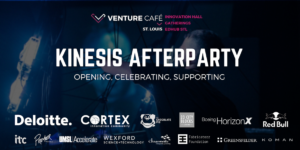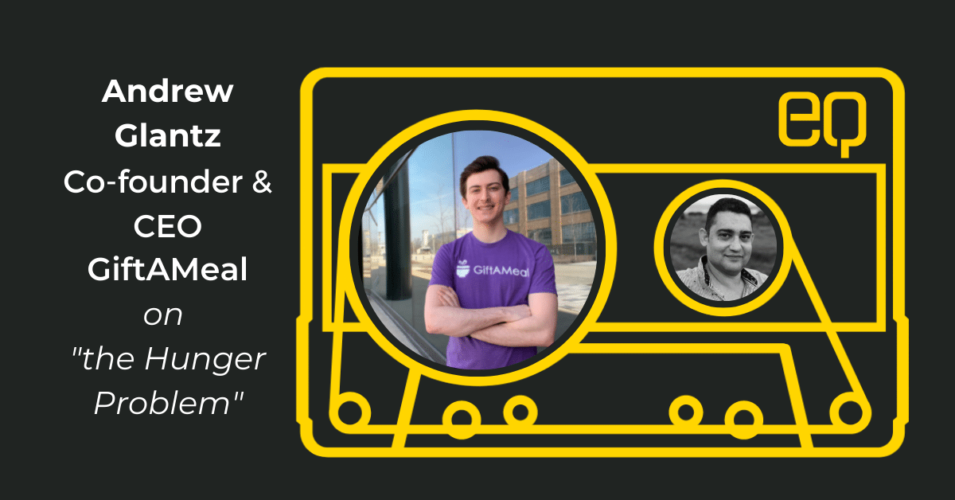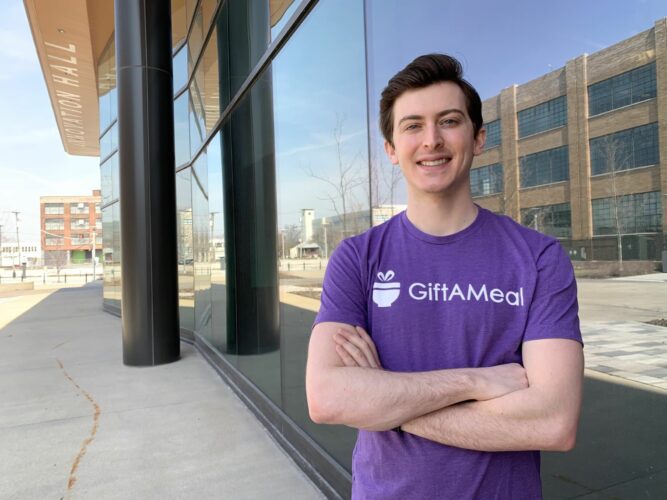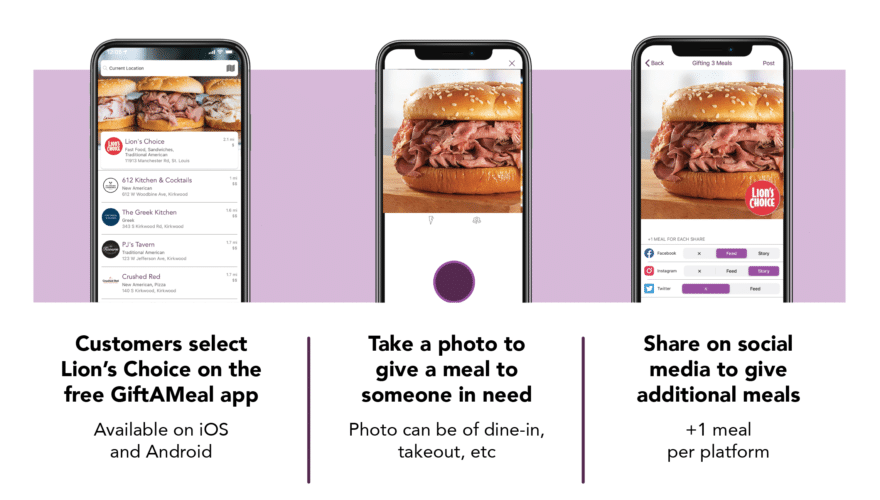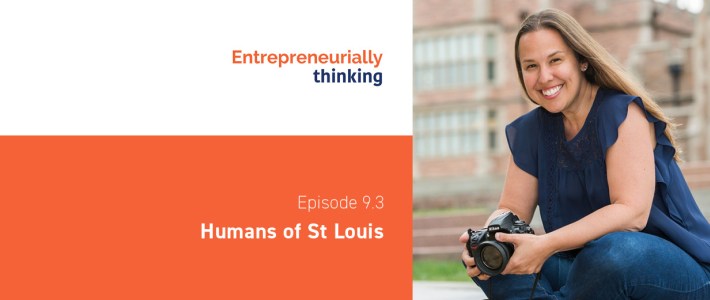
Social Entrepreneurs are Symbiotic With Traditional For-Profit Business
The goals of social good and for-profit businesses may not be opposed. There's a natural quid-pro-quo that social entrepreneurs can offer traditional industry.
Writing by Ted Floros. Ted Floros is a team-oriented problem solver with a passion for using technology, data tools, and patient listening to support and energize the remarkable work happening every day within our communities. He has a Masters in Public Health from the Brown School at Washington University.
Symbiosis is the living together of unlike organisms– think the plover that cleans the crocodile’s mouth or the clownfish seeking refuge with the anemone. Simply put, corporations provide resources and funding and in return social entrepreneurs provide expertise and a social network.
The term “symbiosis” often perfectly encapsulates the common relationship between traditional for-profit businesses and “socially minded” businesses.
To build a social business model into an existing traditional business can be difficult. Traditional businesses often lack the talent and skill that set social entrepreneurs apart. Partnership with social entrepreneurs can offer companies of all sizes the opportunity to engage some critical skill sets.
Skill Swap

Social entrepreneurs possess skills such as applying racial equity theory to hiring practices, the sourcing of indigenous or local resources, workforce development, microfinancing for low-income clients, and credit building. Even an approach to storytelling that stresses corporate citizenship isn’t something that comes naturally. Cause marketing is a talent that has to be developed or acquired.
Social businesses often emerge to serve a need not only for the beneficiaries of their core social services or products, but to fill skill gaps for for-profit businesses that prevent them from fulfilling their corporate citizenship goals. For the social entrepreneur, such symbiotic partnerships add value and generate income while retaining independence. When for-profit corporations and social entrepreneurs have aligned incentives they create real impact.
For example, Enactus based in Springfield, MO, operates both domestically and internationally to connect students to opportunities in social entrepreneurship through project-based opportunities as well as networking. Enactus emphasizes intrapreneurship and entrepreneurial opportunities within larger organizations. Their 550 corporate partners advances corporate social responsibility, identifies top talent, and aligns corporate brands with entrepreneurial impact.
Expanding Marketplaces
There are markets all over the world that have historically been underserved and thus don’t have access to the same amenities and basic necessities of developed markets. To access these new markets, corporations can partner with social entrepreneurs who are adept at navigating difficult social, economic, and political environments.
For example, Alice Layton and Paul Dinkins of Wabbani, a St. Louis based social enterprise, are working to “leverage the massive global reach of Ikea, by creating handmade add-ons to Ikea products.”
Artisans in Guyana develop culturally authentic decor products by hand that enhance standard Ikea furniture. Essentially, Wabbani use the brand asset, reach, and marketability of Ikea products as a platform to bring opportunities to remote global regions such as the Rupununi region of Guyana, South America.
In addition to life-changing increase in income to the individuals, funds from sales help with community development. Wabbani hope to develop a more formal relationship with the furniture manufacturer, and offer Ikea the opportunity to leverage social impact for reputation building and brand value.
Social Impact Storytelling and Marketing
For both nonprofits and for-profits, compelling storytelling is often difficult yet it is a powerful tool to connect potential clients and funders to an organization. The social sector knows how to leverage storytelling to connect stakeholders to their mission ultimately for purposes of development and raising awareness.
For example, Humans of St. Louis is a 501(c)3 nonprofit that shares first-person stories and portraits featuring people and places throughout St. Louis and the region.
Humans of St. Louis has become the second most popular “Humans of” site in the United States after Humans of New York with 95,000 Facebook Followers and 20,000 Instagram followers. Humans of St. Louis has a growing portfolio of earned revenue through collaborations with organizations such as Forward through Ferguson, Missouri Foundation for Health, and other organizations.
For-profit first adopters are adapting to impact storytelling for both internal and external communications. Know Your Company offers a web app that enables employees to learn more about their company and force Executives to connect continuously with their employees. Baker has worked with a number of major public companies working to enhance talent retention and to tell the powerful impact that products have on consumers.
Social impact storytelling as a means of non-profit development is a concept that is being leveraged for for-profit marketing. For-profit companies are eager to communicate value to new audiences who they have historically neglected or not quite forged a meaningful connection with.
Partnerships provide small and mid-sized for-profit businesses to create meaningful impact without incurring much overhead.
For example, the socially conscious startup GiftAMeal, is a marketing platform that gives restaurants an opportunity to align their market perception with a social good and foster a sense of benevolence. As explained by Schlafly Beer CEO James Pendegraft, “GiftAMeal just makes sense for us as their mission shares so many of our values in giving back, acting local and being socially conscious.”
Other social enterprises recognize this marketing value to for-profit companies in an attempt to partner with them and leverage their value chain. As companies engage more an more in corporate citizenship efforts, they are partnering with social enterprises to develop and implement more complex programs such as Community Development Financial Institutions (CDFIs), which we discuss in more depth in our next article.
This article was written by Ted Floros with assistance and editorial by Kalin Pearce. The opinions expressed in this article are our own and do not necessarily reflect the views of Beyond Housing or Justine Petersen.



